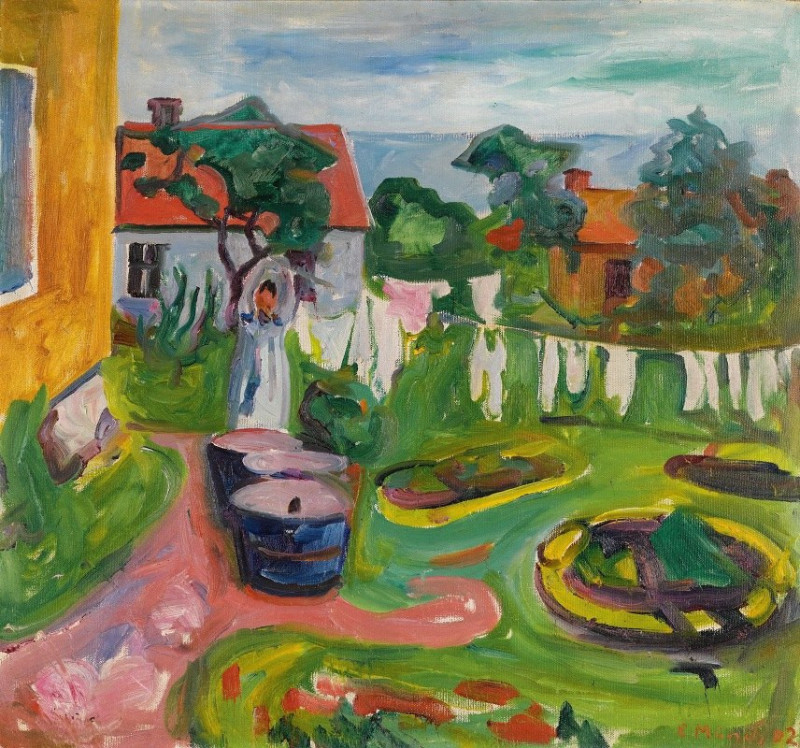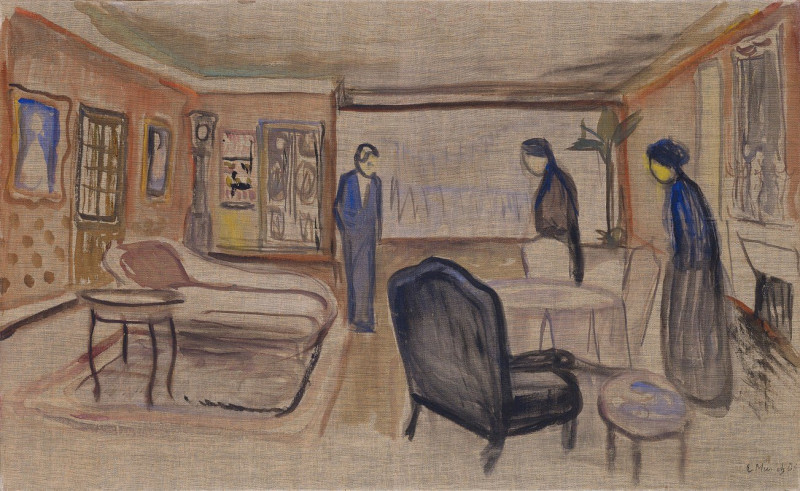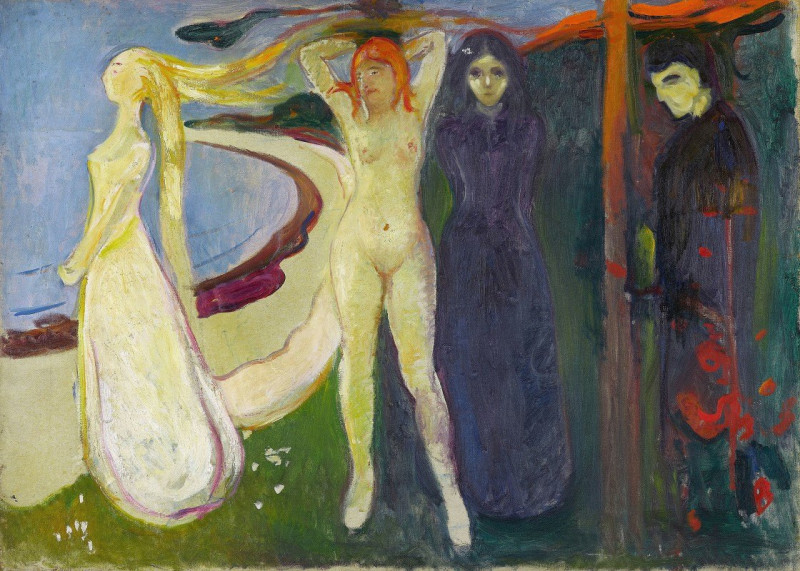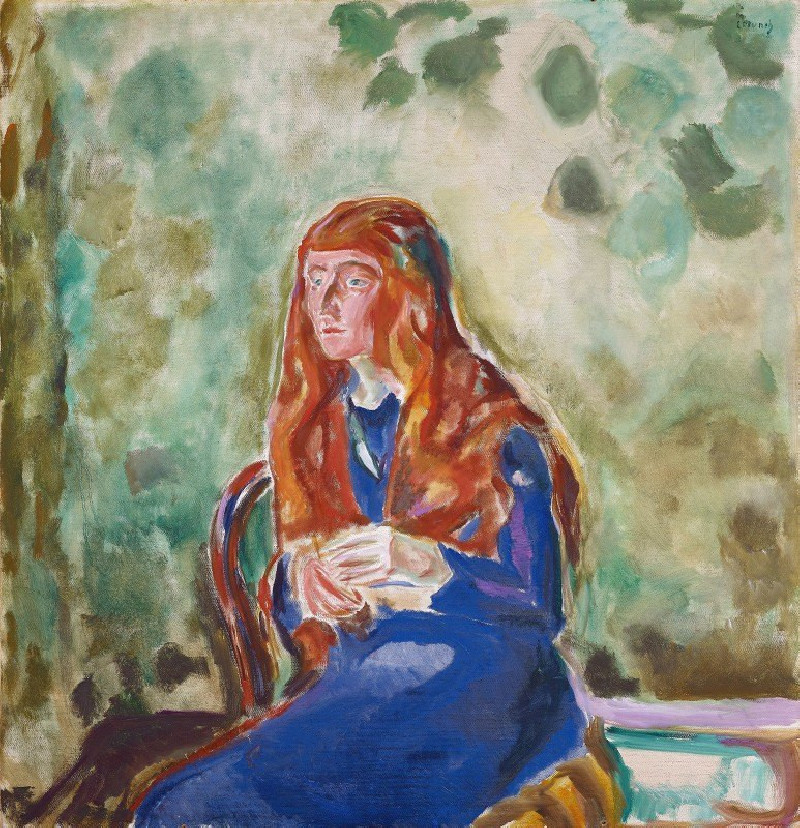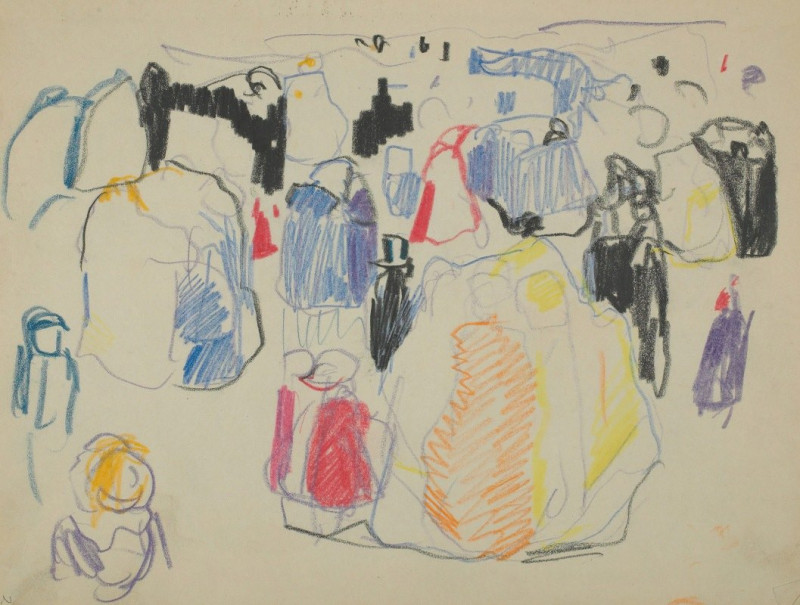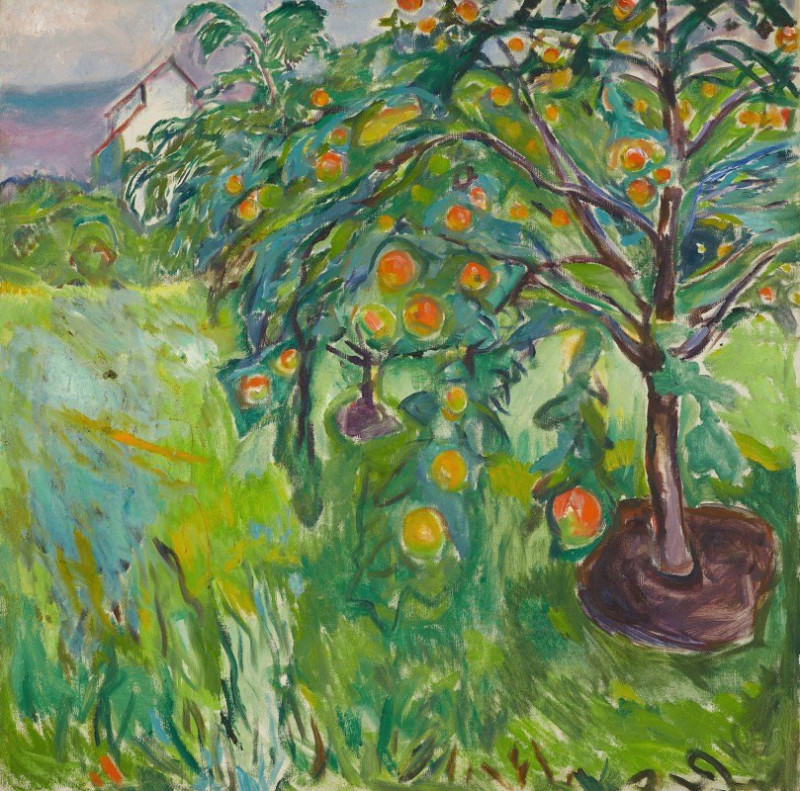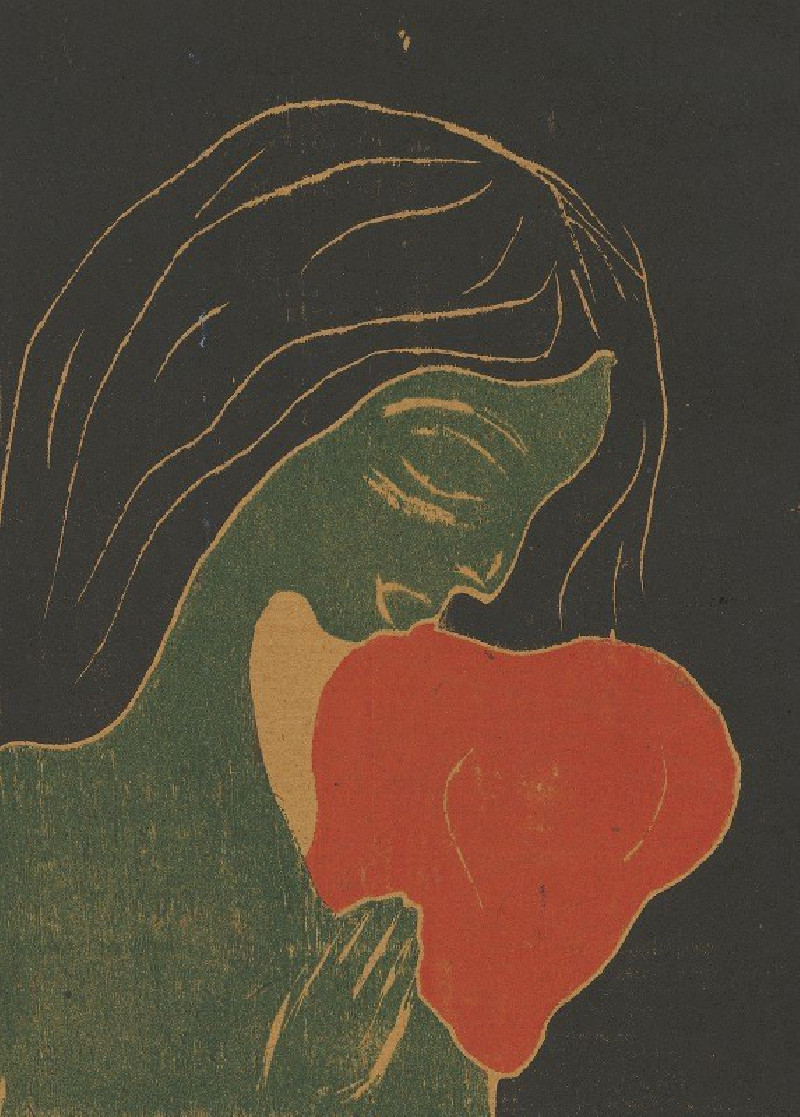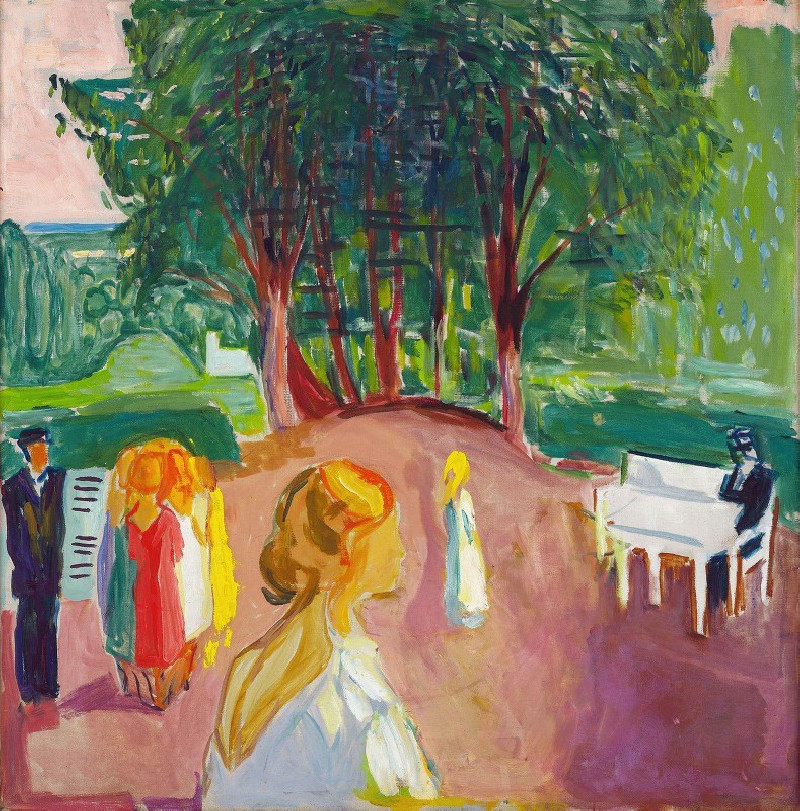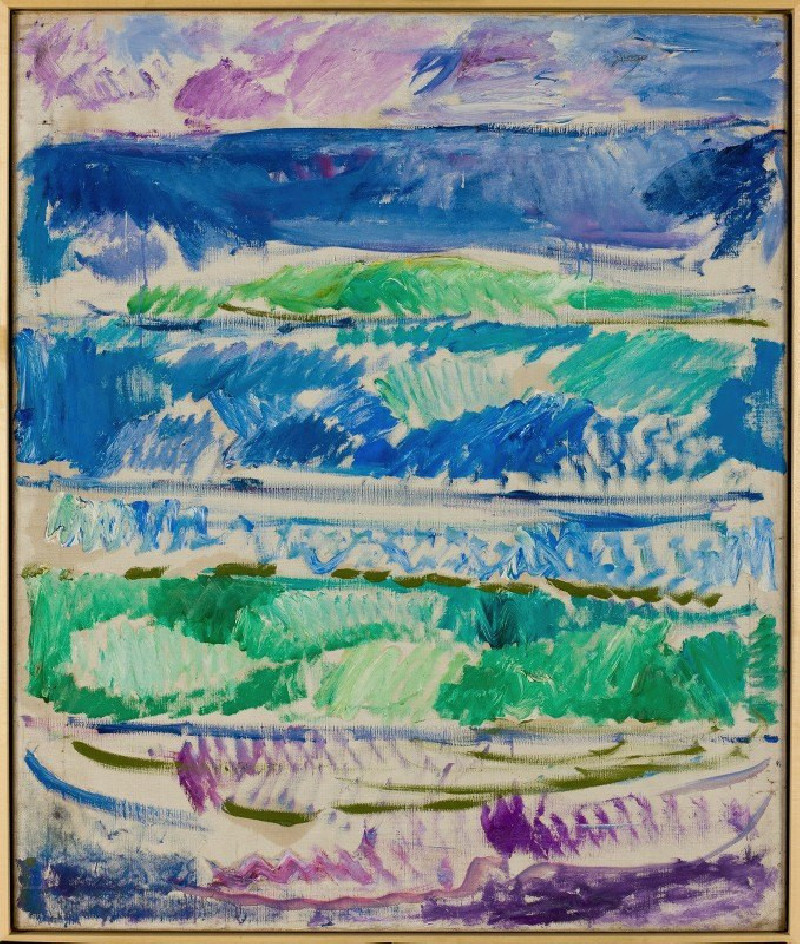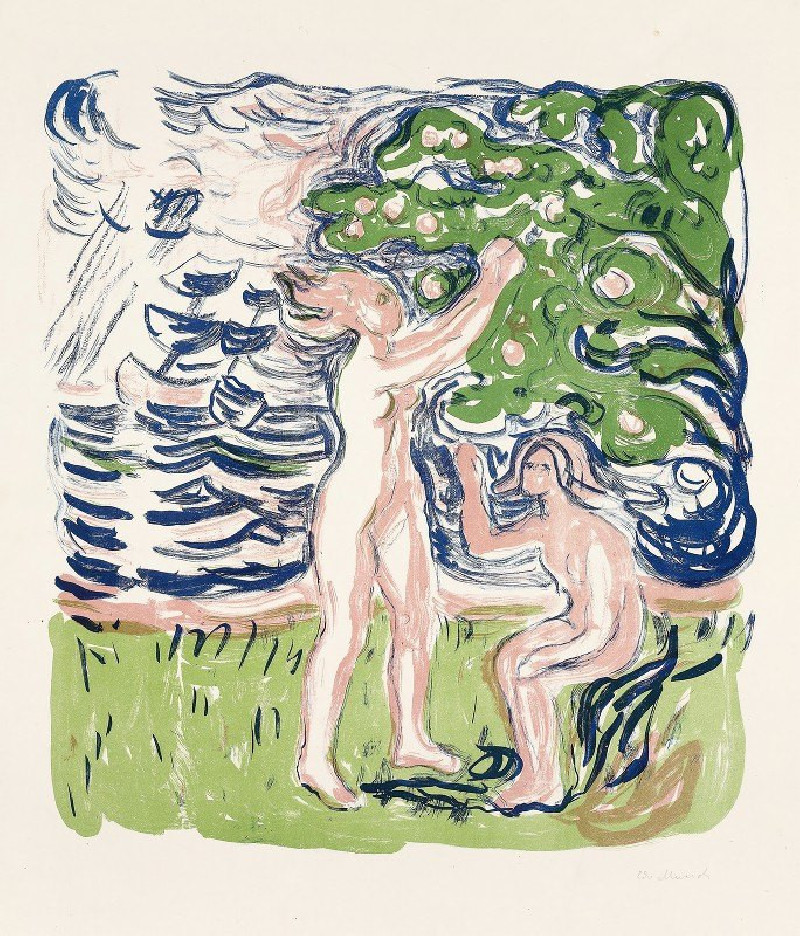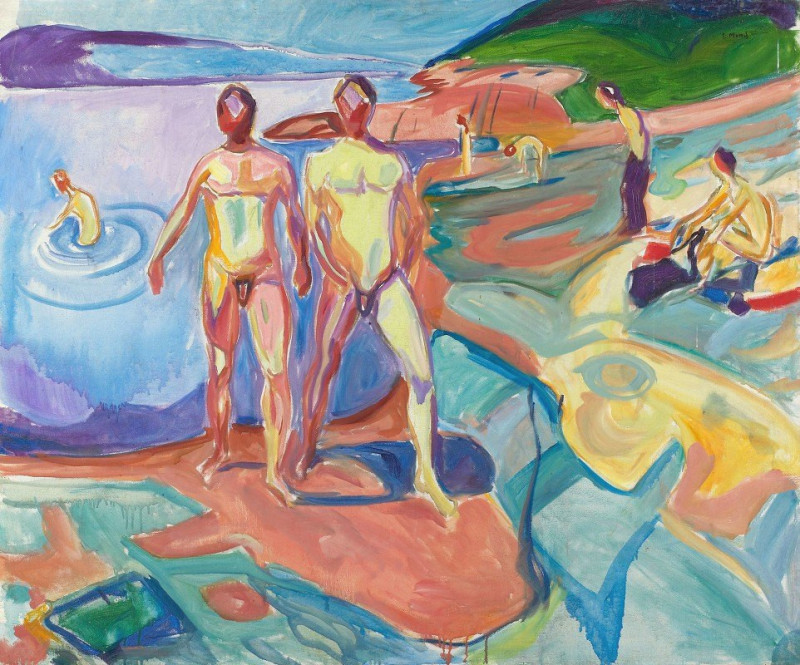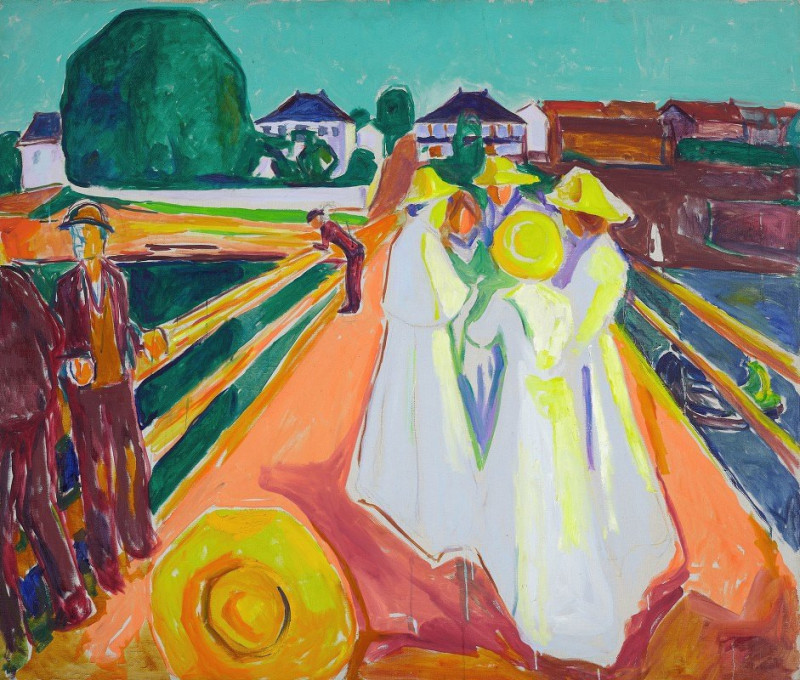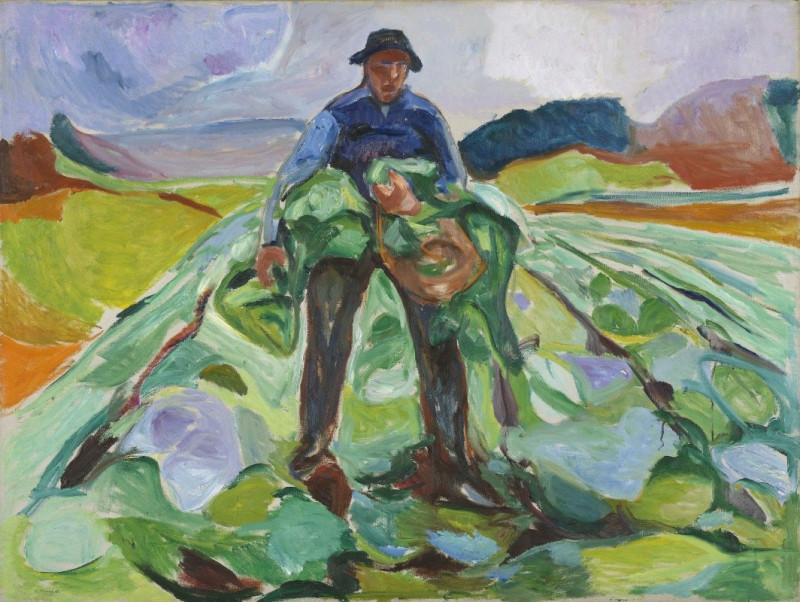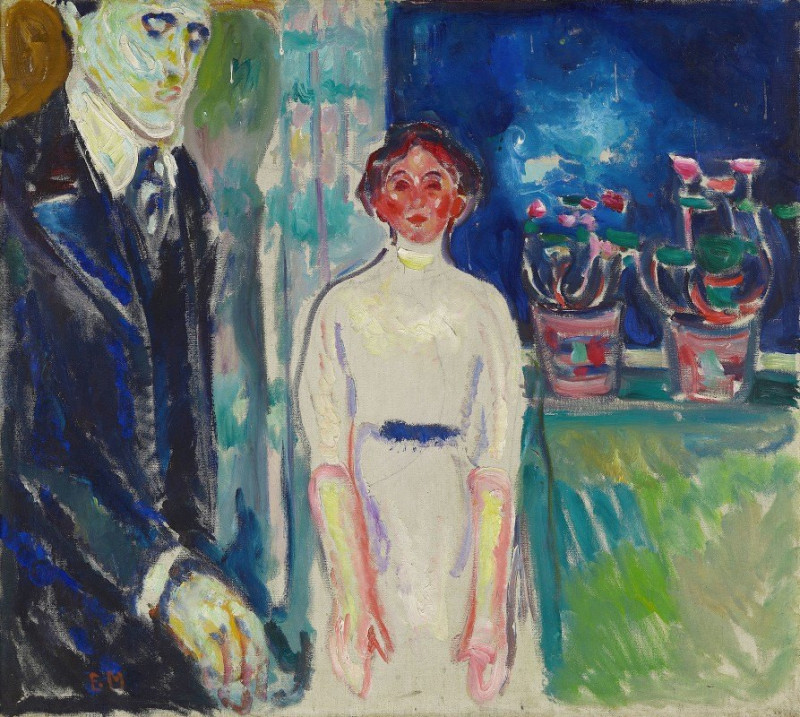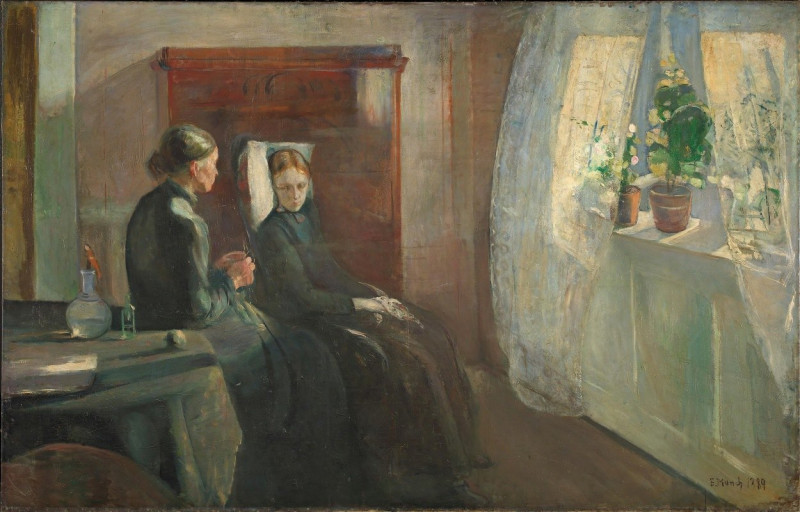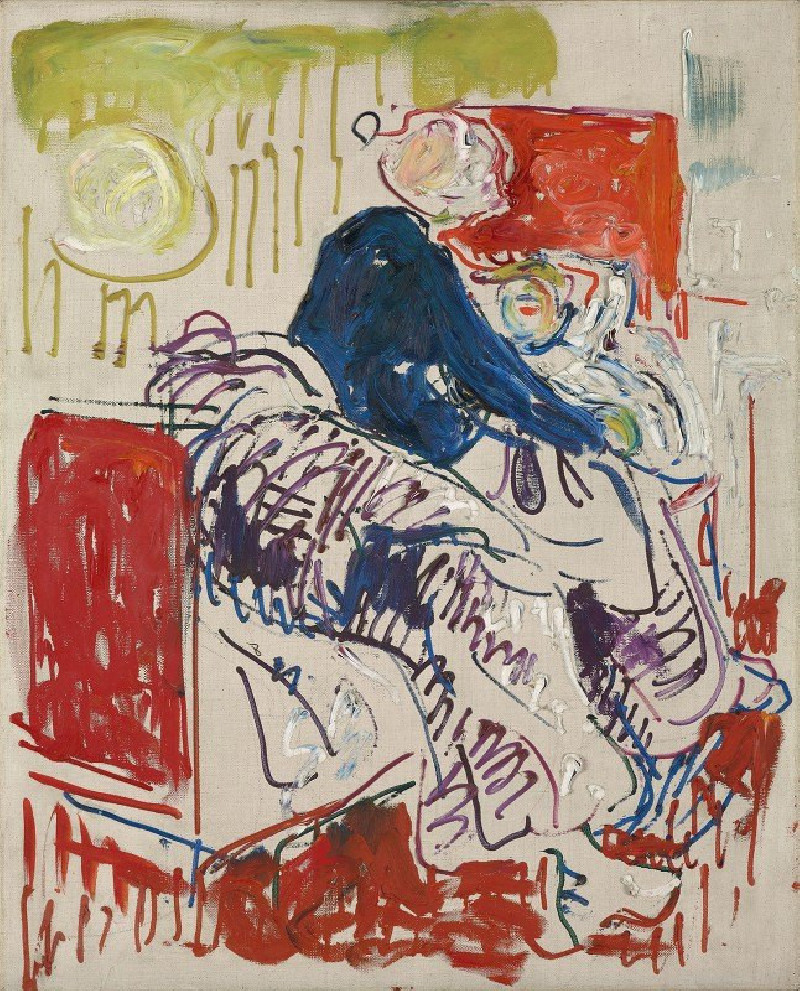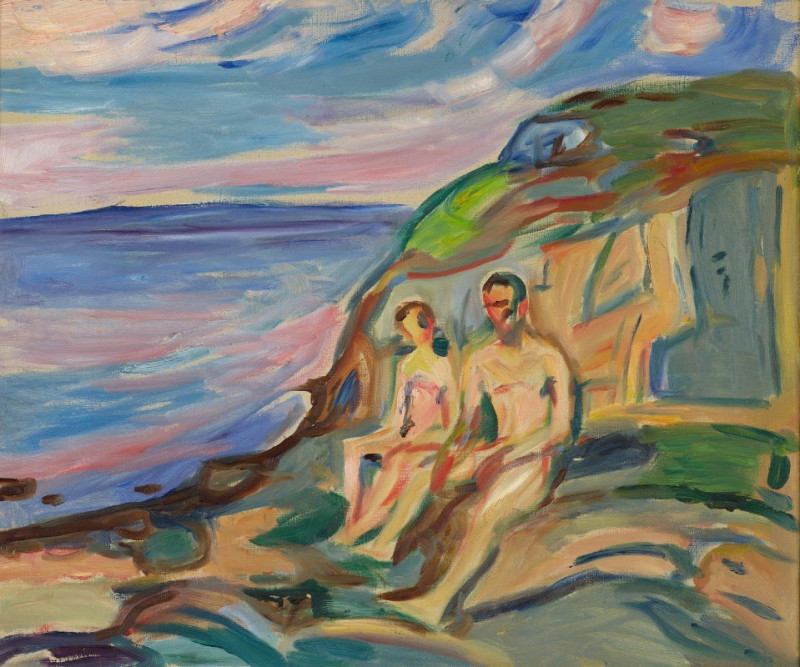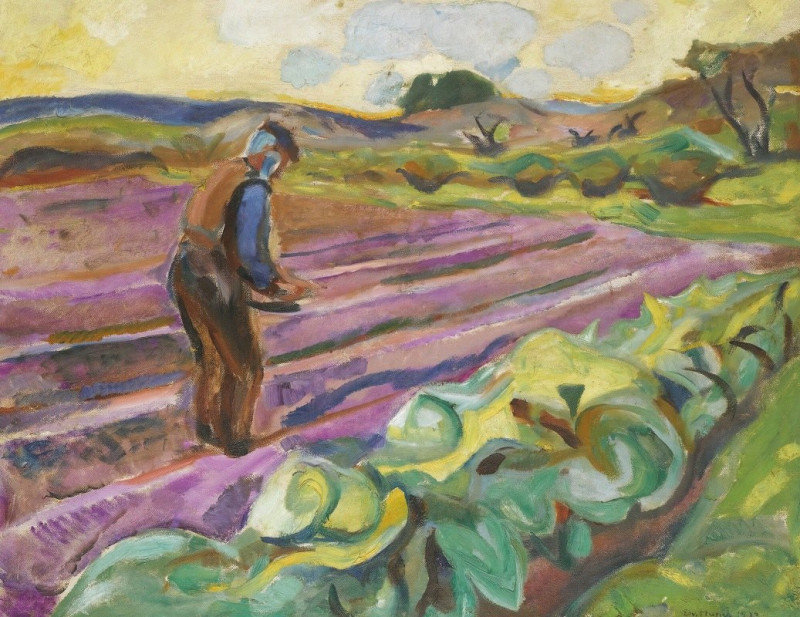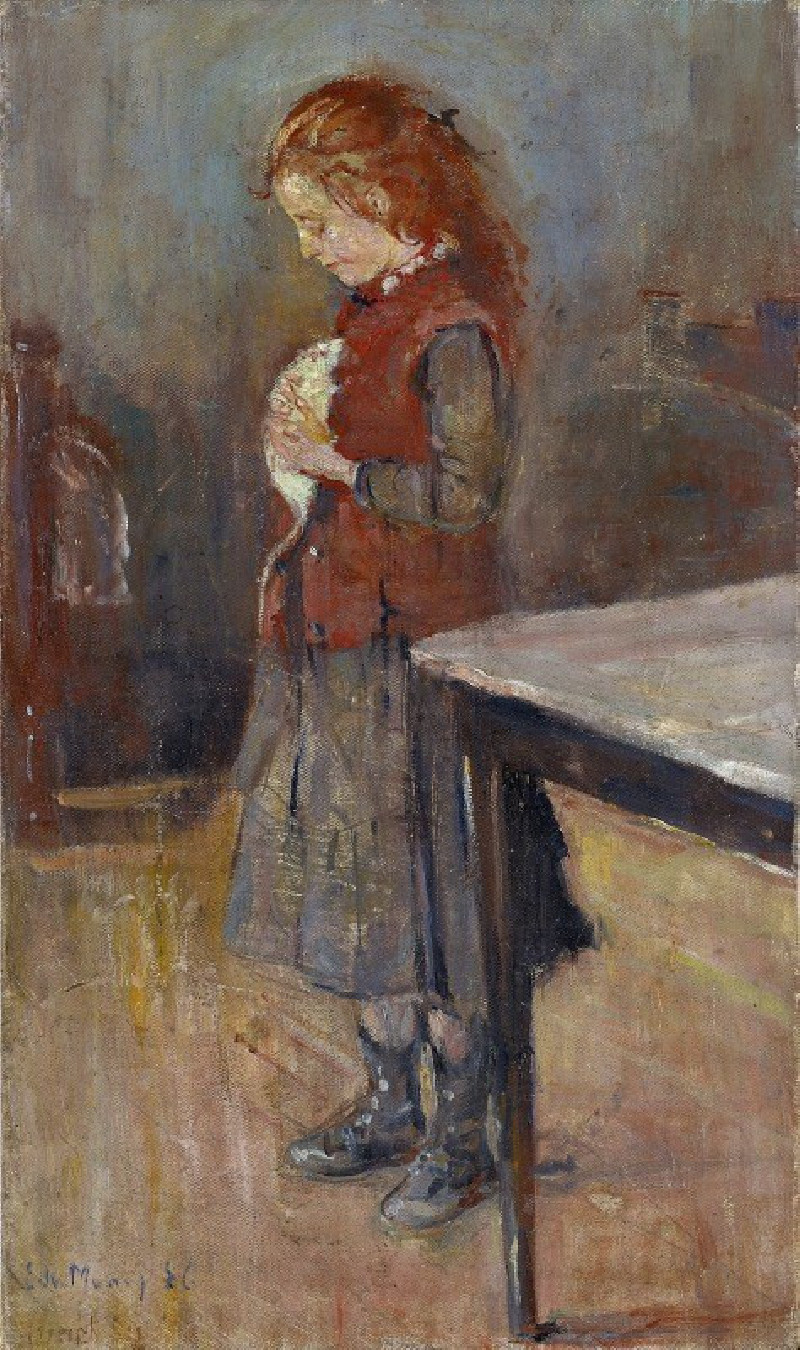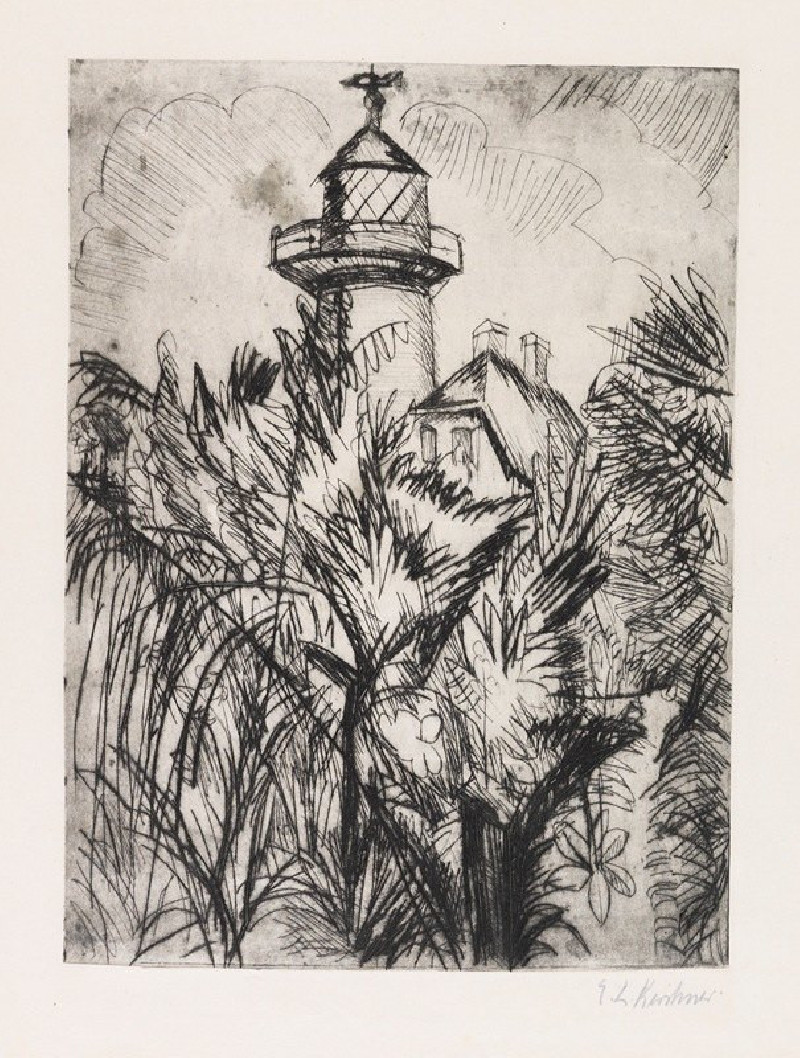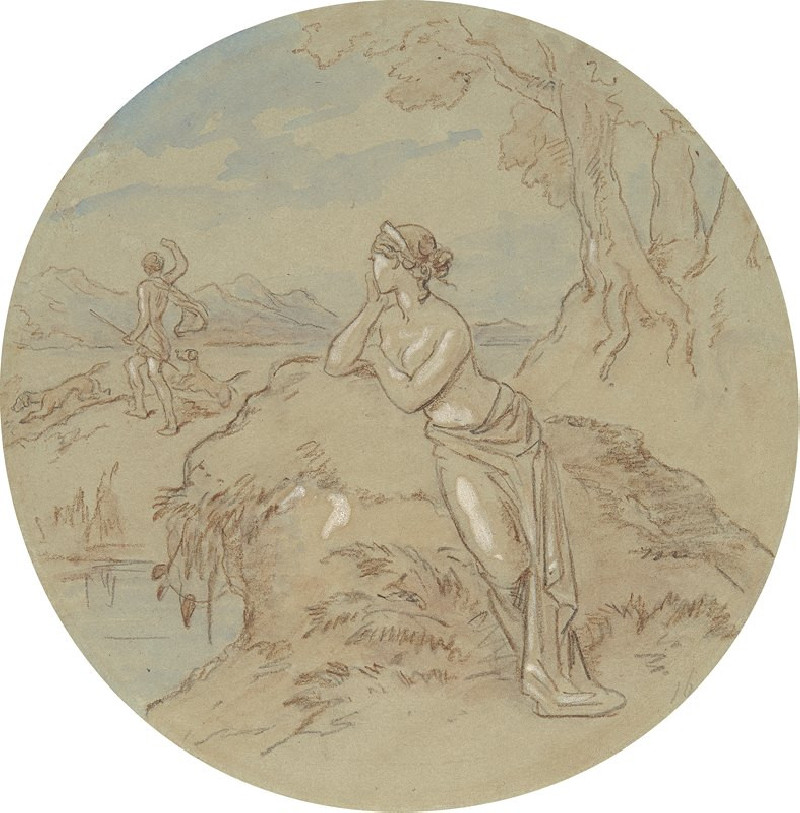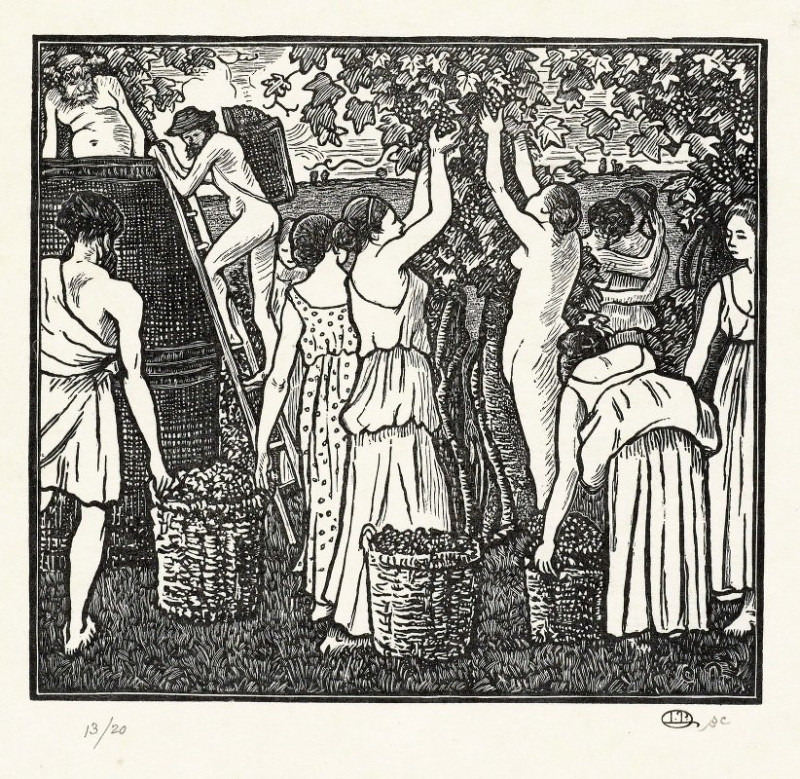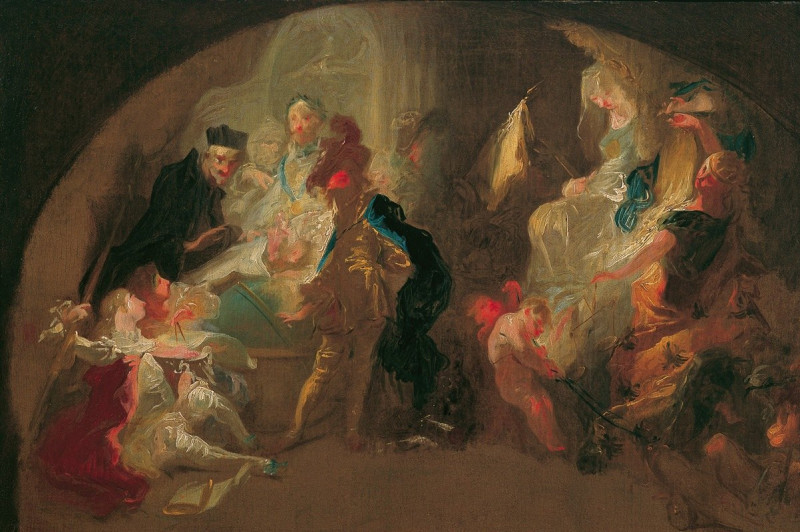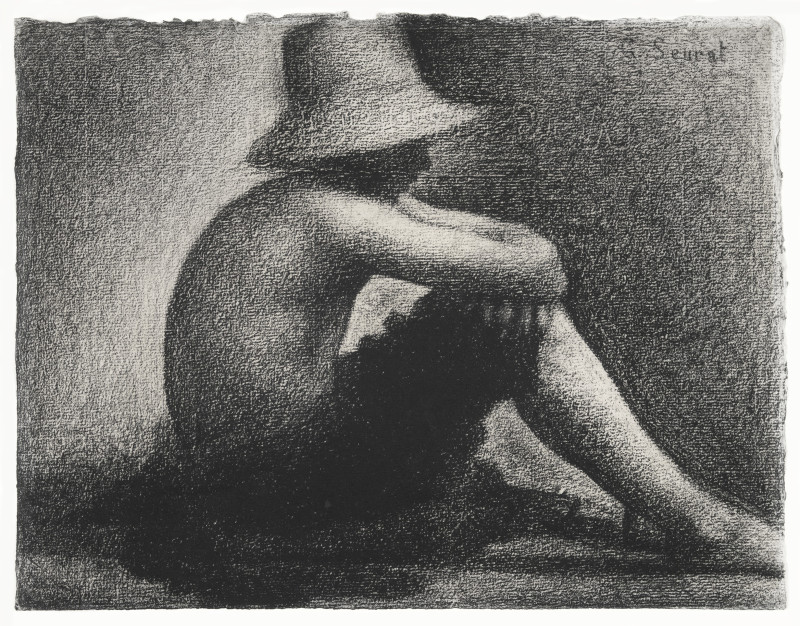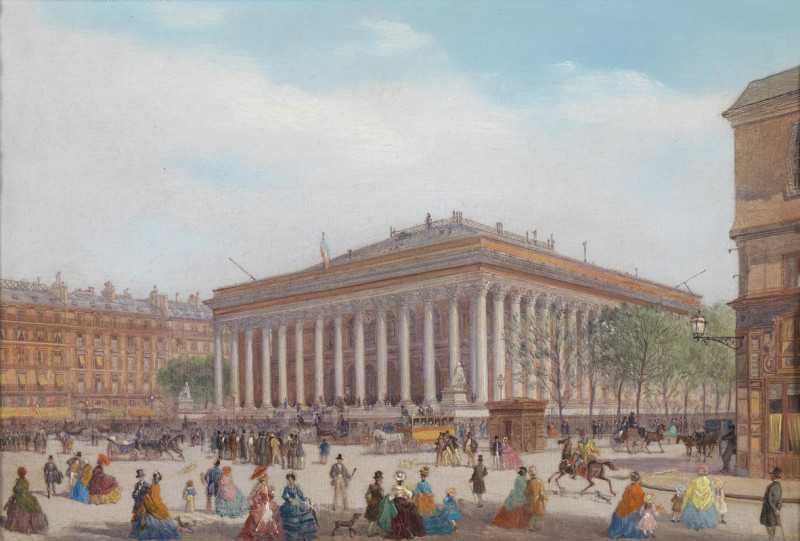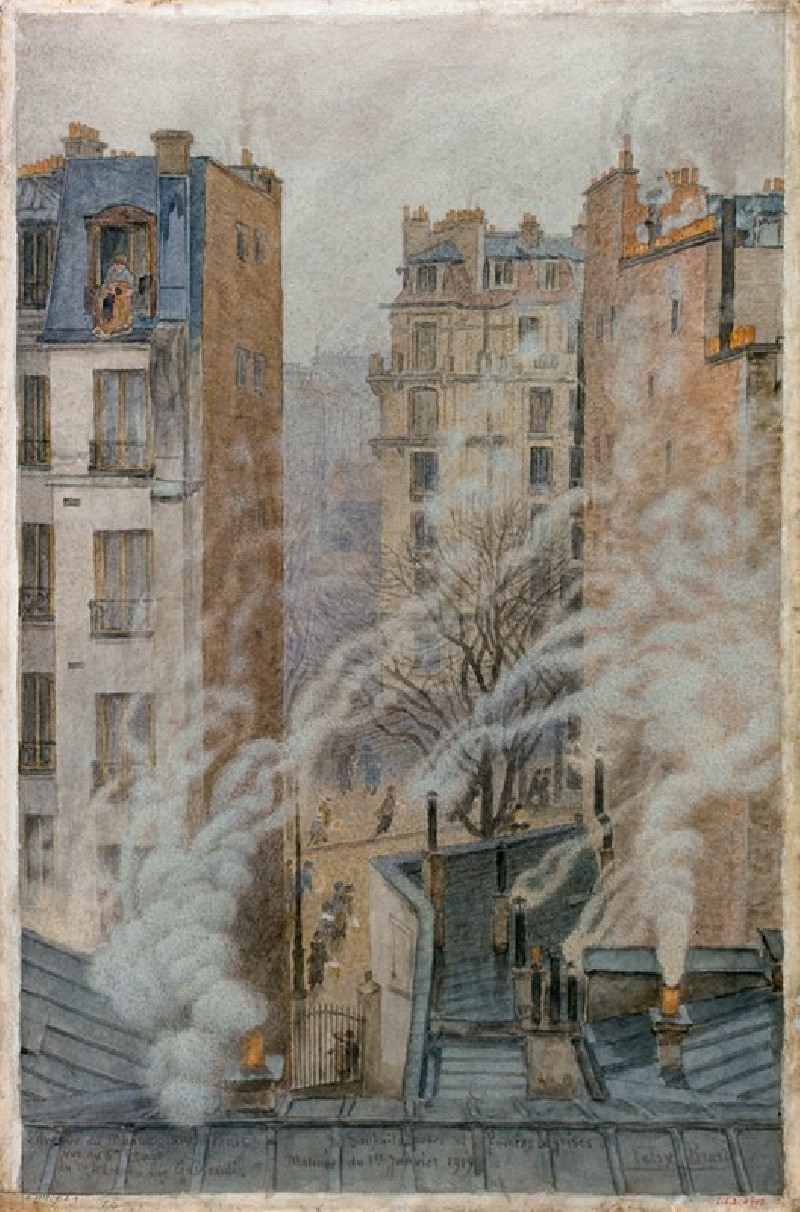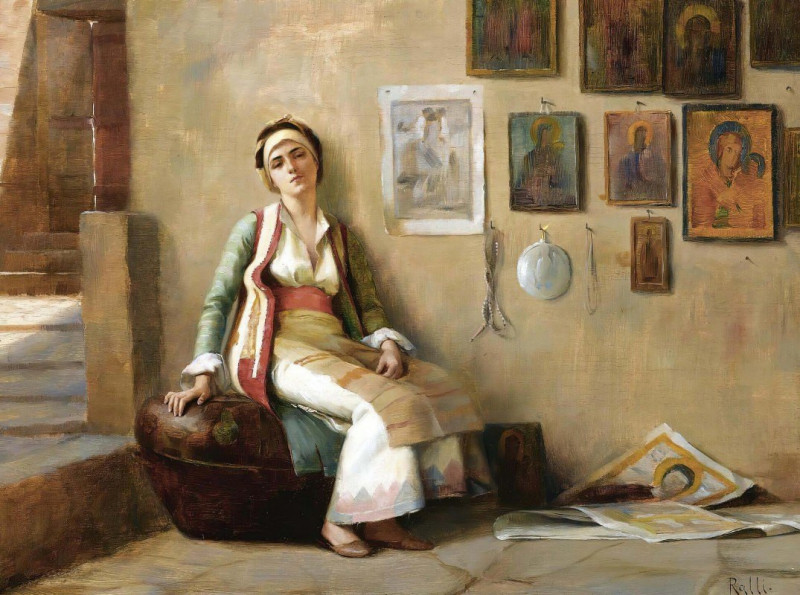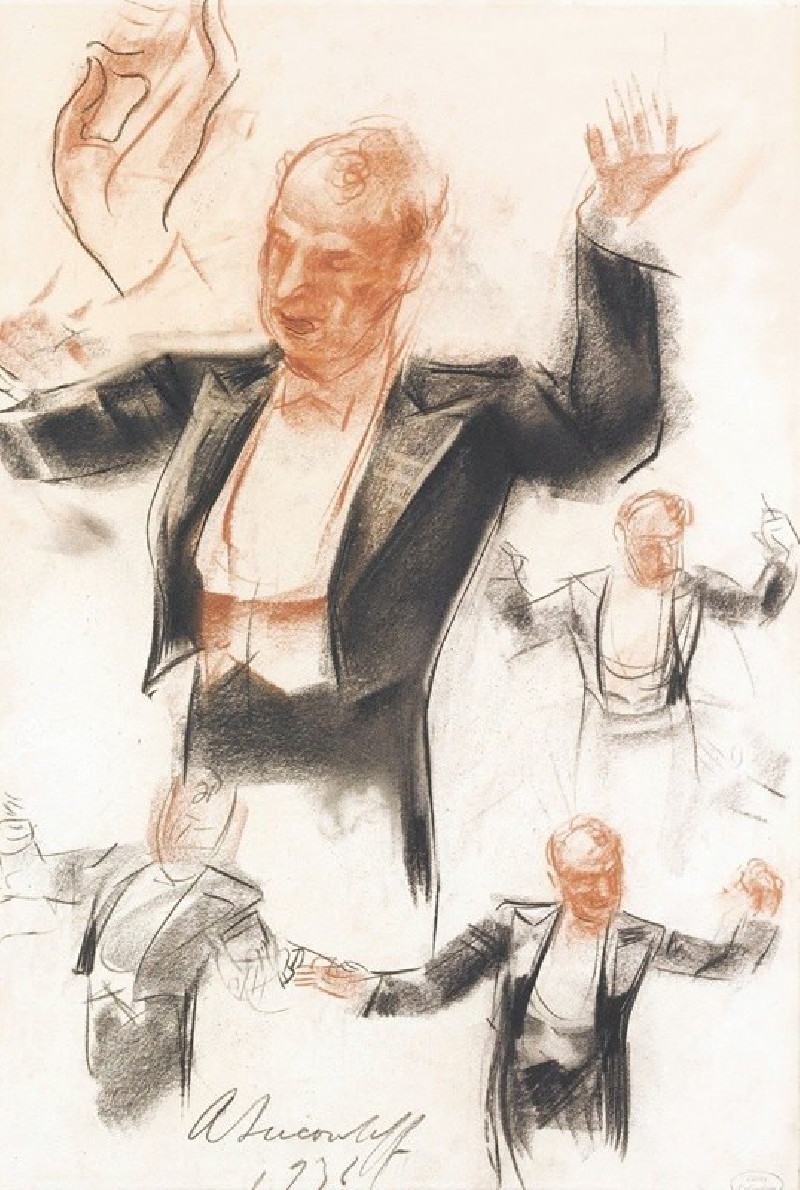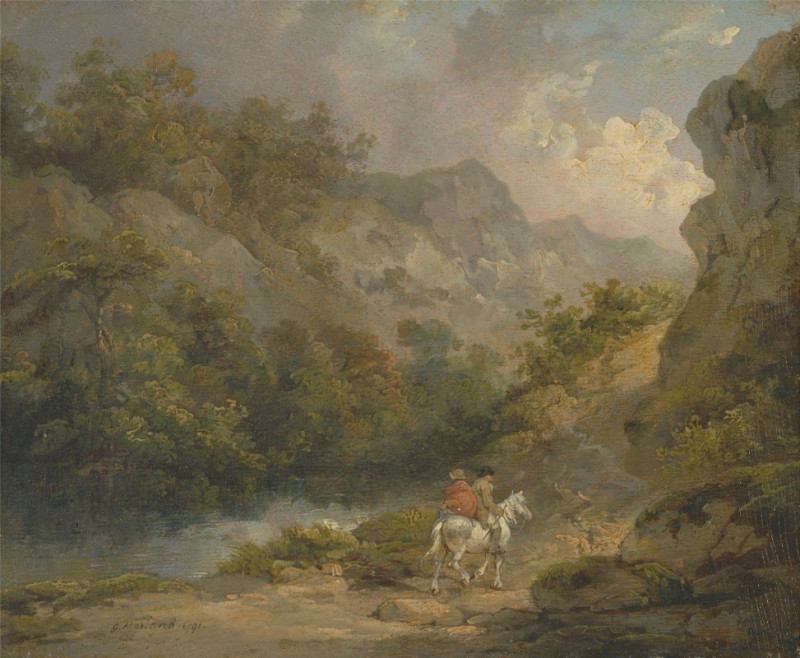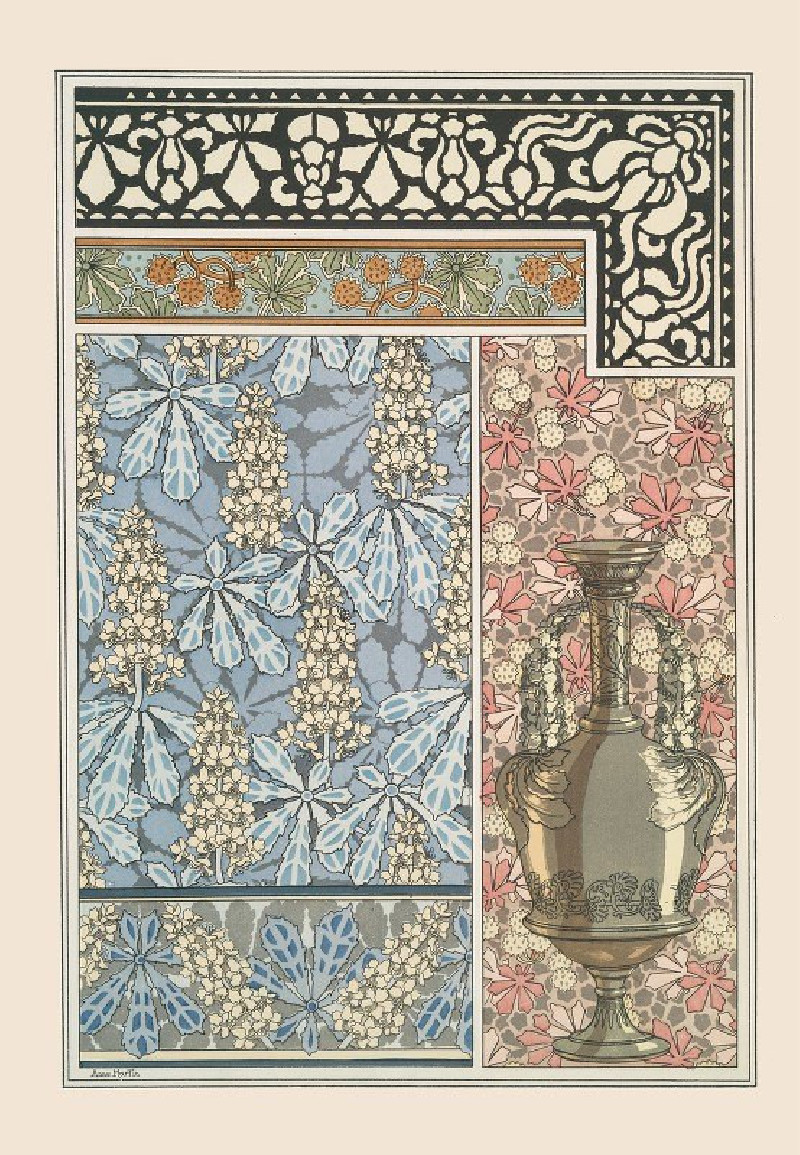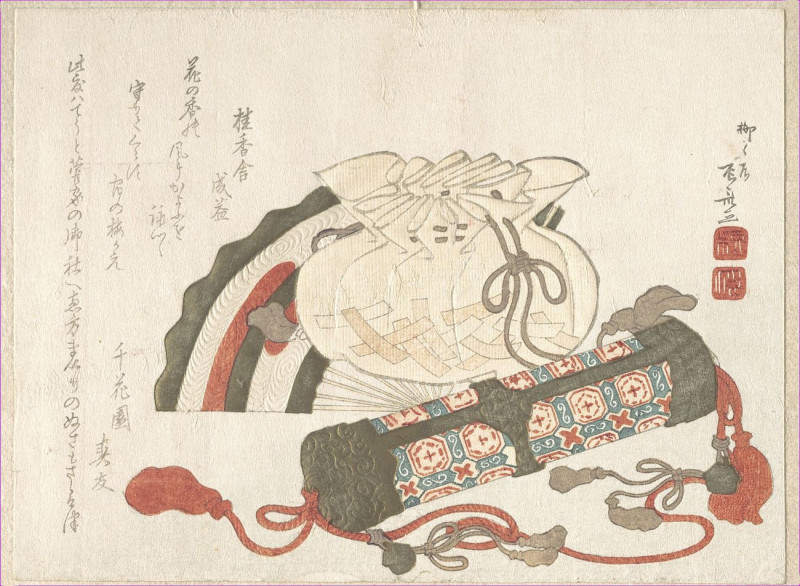Andreas Reading
Technique: Giclée quality print
Recommended by our customers
More about this artwork
The painting titled "Andreas Reading" by Edvard Munch encapsulates a tranquil scene centered around a male figure deeply engrossed in reading. The setting appears to be a cozy interior, likely a living room, rendered in warm and muted tones that convey a sense of calm and introspection.The composition focuses on the young man seated in a comfortable chair, his posture relaxed as he leans into the text, perhaps symbolizing intellectual engagement or personal reflection. The attire of the man is simple and dark, likely reflecting the typical fashion of Munch's time, which aligns well with the overall subdued color palette.Around him, the room is sparsely but meaningfully furnished. To his immediate left is a small, circular table topped with books, suggesting a theme of study or literary interest. The presence of more books on a what appears to be a bookshelf further emphasizes a scholarly or contemplative atmosphere. The bed in the scene, partially covered with a white bedsheet, adds a personal touch to the space, indicating that this room is also a place of rest.The curtains, richly colored, cascade down framing a window that seems to open to a light, possibly outdoor, space, adding a contrast to the interior's darker tones. This element might be symbolic of the connection between the inner world of thought and the outer world of nature or society.Munch's brushwork is visible and textured, lending an organic feel to the depiction.
Delivery
Returns
Edvard Munch (12 December 1863 – 23 January 1944) was a Norwegian painter. His best known work, The Scream (1893), has become one of Western art's most iconic images.
His childhood was overshadowed by illness, bereavement and the dread of inheriting a mental condition that ran in the family. Studying at the Royal School of Art and Design in Kristiania (today's Oslo), Munch began to live a bohemian life under the influence of the nihilist Hans Jæger, who urged him to paint his own emotional and psychological state ('soul painting'); from this emerged his distinctive style.



